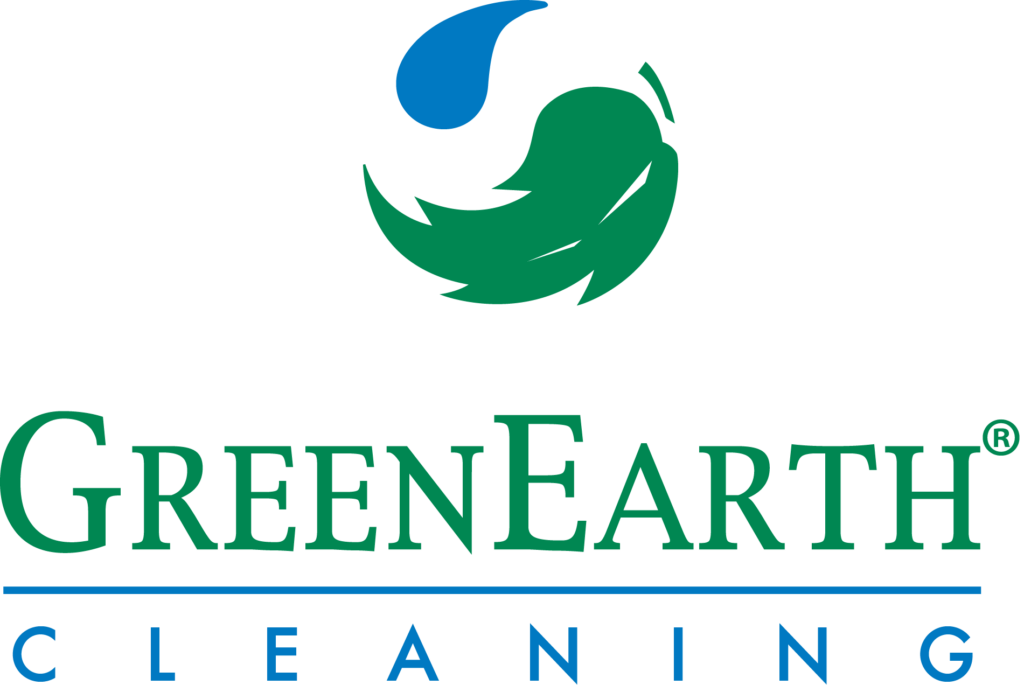
Sustainable Dry-cleaning
By Ron Benjamin
Is the term “sustainable dry cleaning” an oxymoron? We think not based upon all of the following:
It’s been said that ideas are the natural born enemy of the way things are. And of course, given that, it is the consumer who is the natural born beneficiary of ideas.
Consider the world in 1800. The population was 1 billion and Rev. Thomas Robert Malthus had just published an essay on the Principle of Population. In it he postulated that unchecked population growth is exponential while the growth of the food supply was expected to be arithmetic.
And of course, he was fairly accurate as it relates to the population growth. Our world’s population reached 2 billion in 1927, 6 billion in 1999, and currently in 2015 totals some 7.3 billion.
Each of those 7.3 billion people are consumers to some degree. And while there are various segments to the total consumer market, with some in the position to consume luxury products and others that are not so fortunate, all consumers are required to purchase food, clothing, and shelter, the basic necessities of life.
Rev. Malthus was concerned about whether or not the world’s food supply could provide the exponentially growing world’s population with an adequate amount of that necessity. But he certainly could have been equally concerned about the two other necessities, clothing and shelter, as well. For his same argument that the growth of the food supply was arithmetic could have also been applied to the growth of the world’s supply of clothing and shelter.
We are fortunate that 225 years later, after growing from the 1 billion people of Rev. Malthus’ time to the 7.3 billion people of today, most of the world’s population is able to procure food, clothing and shelter. And while there are unfortunately geographic pockets of poverty where that is not the case, the necessities of life are available from those who produce them in a high percentage of the cases.
How is that able to be done? How have the producers of food, clothing and shelter been able to grow the supply of these necessities at a rate equal to the exponential growth of the world’s population?
Clearly this could not have been done had the world stayed the way it was in 1800. During those 225 years, new ideas allowed innovations to be developed so that the producers could grow the supply faster than the way it was being done. And while these new ideas undoubtedly faced opposition from those who were doing it the “current way”, if the new way ultimately served the consumer, it prevailed.
Many of today’s new ideas revolve around serving the consumer both directly and indirectly. For many of today’s new ideas not only enhance the efficiency of the production of the goods and services being provided, but they also do so in a way in which the sustainability of the earth’s resources are also enhanced. Given that the definition of sustainability is to act in a way that adds to rather than harms people, the planet, and the “profitability” of the effort, ideas which allow for the more effective production of goods and services while at the same time are truly sustainable allow exponential benefits. And in this way, really do serve the consumer directly and indirectly.
As it relates to the basic necessity of clothing, most of the new ideas over the years have focused on the garment manufacturing process. For some time, clothing retailers have considered the sourcing of their raw materials, the manufacturing of their garments, and the logistics of moving their stock to their retail outlets as their principle supply chain.
However, in the last decade, garment retailers and garment manufacturers have begun to consider the Life Cycle Assessment of the garments they sell and are now considering the after care of their garments in that equation. Thus the end to end supply chain in the clothing industry has extended through both the way the garments are cleaned and the way the garment are disposed of.
As a result, all of us in the professional textile care industry are part of the clothing supply chain. And as such, all of us are fortunate to be able to positively impact one of the basic necessities of life by applying new ideas for both the processing that we are providing and the way we can do so in a more sustainable manner.
There is one basic premise that underlies “the way things are today” in today’s society with regard to the after care of garments. And that is “laundering a garment is automatically more cost efficient and more sustainable than dry cleaning a garment and thus is always the preferred method of care”. In some ways, this basic premise may be Malthusian in nature. For it makes some fundamental assumptions about washing with water versus washing with a chemical.
For instance, it assumes that water is readily available and is inexpensive. It assumes that washing garments in small quantities uses less energy than washing garments in large quantities. And it assumes that all chemicals used as a solvent are more dangerous to the environment than is water.
But what if there were an new idea — the idea that tomorrow’s consumers can be provided with clothing after care in a process that is not based on water but rather is based upon sustainable chemistry? What if the one basic premise that underlies “the way things are today” could be altered to serve the needs of the consumers of tomorrow?
How could it be altered? Consider the fundamental assumptions upon which this premise is based versus what is the case today:
- In many geographies, water is not readily available and therefore is not inexpensive.
- The energy per garment associated with washing garments in small quantities, including the energy of treating the down-the-drain water involved, exceeds the energy per garment associated with dry cleaning the garment in large quantities, including the energy of treating of the waste streams involved.
- Washing with water includes washing with the detergents added. One chemical fluid has been demonstrated to be environmentally non-toxic when measured in the real world environment rather than estimated in computer models. This chemical solvent in the closed loop dry cleaning process is at least as safe for the environment as is water and is perhaps safer when considering the “down the drain” water/detergent effluent.
In 1999, three dry cleaners searched for an alternative to perchloroethylene that could be incorporated into a process that was fully sustainable. After examining all of the then-available possibilities, they chose liquid silicone as the alternative based upon its chemical properties. Thus began a 16 year effort to provide the after care industry with an alternative not only to perc, but to water as well.
As with all new ideas, those in the industry who were doing things in the same way as the prior generation fought the idea that the concept of sustainability, where less is more, should be adopted. Most suppliers to the industry were being paid based upon the amount of chemicals, filters, and the price/complexity of the machines they were selling to the industry. The salesmen for these suppliers were the gatekeepers of the “way things are” and fought against a licensing business model where using less of any of these items was being championed.
Over time, through the efforts of many of the early adopters of liquid silicone, there were many opportunities uncovered to enhance the dry cleaning process in a way that minimized the resources being consumed during the process and that took advantage of the chemical characteristics of the liquid silicone dry cleaning fluid. As a result, the sustainability of the process was continually refined and enhanced.
What were these enhancements that allow for optimized sustainability? Here are some of the primary ones that have been incorporated into the methodology being utilized:
- As perc was de-emphasized in the industry, virtually all of the dry cleaning manufacturers elected to design and build “multi-solvent” dry cleaning machines. This allowed any of the alternative solvents to be used in the machine, allowed the machine manufacturer to zero in on one design thereby reducing their cost to manufacture and stock machines, and required that the machine be suitably complex to have each solvent operate properly within the machine.
However, this machine complexity adds to the cost of the machine when compared to a machine that is configured to operate with silicone only. For example, silicone has no odor; therefore all of the deodorizing features are unnecessary.
- Liquid silicone is chemically inert. Rather than solubilizing impurities into itself, impurities are carried by the detergent and dry cleaning fluid to filtration. Thus, distillation and all of the costs associated with it (the still itself, the energy to run the still, the labor to operate the still, the costs to remedy improper still operation, etc.) are eliminated.
- The food industry uses bleaching clays as its filtering medium in many applications. Because of its chemistry, liquid silicone can use similar clays as an effective filtering process thereby eliminating the costs associated with cartridge filtration and the environmental costs associated with their disposal.
- The waste stream associated with clay filtration is powder rather than liquid and can be disposed of safely without hazardous waste hauling (independent laboratory testing confirms this). Thus the hauling and disposal costs and the environmental costs associated are greatly reduced.
- Because of its non-reactivity in the atmosphere and therefore does not contribute to the formation of smog, liquid silicone has been designated as a non-Volatile Organic Compound by the U.S. Federal Environmental Protection Agency. This exemption is
significant in that it eliminates the need for getting any permits in many locales when liquid silicone is used and at the same time enhances its sustainability profile.
As the issue of sustainability has become of more concern, and because of these sustainability advantages, many of society’s stakeholders associated with our industry have mandated or recommended the GreenEarth dry cleaning process. These stakeholders include landlords and property owners, garment manufacturers, garment retailers, financial institutions, and consumers.
If we as an industry are to survive into the next generation of consumers, we need to find ways to add value to our service offerings. Contrary to society’s current premise, there are significant sustainability advantages available to us that offer our industry the opportunity to add value and to introduce new service offerings that compete with and challenge today’s after care model.



